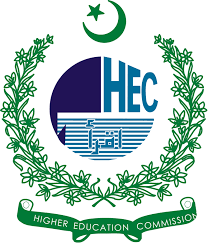ANALYSIS OF MICROBIOLOGICAL AND PHYSICOCHEMICAL PARAMETERS OF WASTEWATER FROM TAMBUWAL ABATTOIR, SOKOTO STATE, NIGERIA
DOI:
https://doi.org/10.71146/kjmr214Keywords:
Abattoir, waste water, Health Determinants , pollution, public health, fungi, bacteriaAbstract
Pollution is threatening water quality worldwide. Abattoirs are examples of sources of polluted waste water that can affect biota. This study examined the microbiological and physicochemical parameters of wastewater from the Sokoto Modern Abattoir in Nigeria. The key findings are: Microbiological analysis results include, 1. Bacterial isolates (12 bacterial isolates were identified, including Staphylococcus chromogene, Proteus Vulgaris, Enterobacter Aerogene, and others); 2. Fungal isolates (Fungal isolates were also identified, with varying macroscopic characteristics). 3. Coliform count: The coliform count was high, indicating potential contamination. Physicochemical Analysis; Temperature, Dissolved oxygen, Biochemical oxygen demand (BOD), and Chemical oxygen demand (COD) were lower, but pH was high, indicating potential pollution. Conclusively, the study highlights the need for quality analysis at abattoirs to safeguard public health and protect the interests of animal rearers.
Downloads
Downloads
Published
Issue
Section
License
Copyright (c) 2025 Atiku Yari Dogon Daji, Sa’adu Abdullahi Kaffe, Ahmad Bello, Nura Maikawai Salah, Zayyanu Danbaba kware (Author)

This work is licensed under a Creative Commons Attribution 4.0 International License.







